The New Republic Defense Fleet, alternatively referred to as the New Republic Navy, New Republic Starfleet, the New Republic fleet, or simply the Republican fleet, functioned as the naval component of the Defense Force belonging to the New Republic.
Established from the Rebel Alliance Fleet following the Battle of Endor, it was initially commanded by Fleet Admiral Gial Ackbar, who held the position of supreme fleet commander. In the wake of the Battle of Endor, the Fleet expanded its capabilities through the capture of Imperial vessels. However, its size was subsequently reduced due to the Military Disarmament Act enacted after the signing of the Galactic Concordance.
During the rise of the First Order, it remained the most significant military presence in the galaxy. Yet, it was considerably smaller compared to the Republic Navy during the era of the Clone Wars. A large section of the Starfleet was stationed within the Hosnian system when the system became the target and was destroyed by the First Order's Starkiller Base superweapon. The attack resulted in the destruction of numerous cruisers and frigates, severely weakening the New Republic Defense Forces.
The Rebel Alliance Fleet was the basis for the New Republic Starfleet. This transition occurred after the Rebel Alliance transformed into the New Republic following the Battle of Endor. The highest-ranking officer was Fleet Admiral Gial Ackbar, a highly regarded Mon Calamari who had previously led the rebel fleet at Endor. He operated under the designation of supreme fleet commander. Wedge Antilles, a Starfleet pilot, participated in a clandestine undercover mission over Akiva but was apprehended by Admiral Rae Sloane. The Starfleet later engaged in combat against the Galactic Empire's military during the Galactic Civil War, participating in several engagements, including the Rebellion on Akiva and the Battle of Jakku. Throughout the war, the Fleet expanded by seizing Imperial ships.
In the months after the Battle of Endor, Admiral Ackbar obtained intelligence about Imperial fleet movements from an Imperial officer known as the Operator. This individual was revealed to be Fleet Admiral Gallius Rax, a protégé of the late Darth Sidious, who aimed to eliminate his rivals within the Imperial military. The New Republic Starfleet also secured several victories against the Empire on Arkanis and Kuat. Furthermore, the Starfleet destroyed five Super Star Destroyers and captured an additional three. These victories solidified the New Republic's power and influence.

Due to the extensive deployment of the New Republic Navy across the galaxy, the New Republic could not allocate military resources to search for Han Solo, who had initiated a campaign to liberate the Wookiee home planet of Kashyyyk. As a result, lieutenant Norra Wexley resigned from the New Republic Starfleet after Admiral Ackbar instructed her and her team to resume the search for Imperial fugitives. Following the success of Han and Chewbacca's team in disabling the inhibitor chips that controlled the Wookiees, Wedge's Phantom Squadron and Admiral Ackbar's Home One defeated the Imperial Star Destroyers that were orbiting Kashyyyk.
After two rounds of voting, the Galactic Senate deployed the fleet under the command of Admiral Ackbar and Commodore Kyrsta Agate to attack the Imperial remnants who had retreated to the planet Jakku under the leadership of Gallius Rax, who had declared himself Counselor to the Empire. Despite having a numerical advantage, the New Republic fleet struggled to penetrate the Imperial fleet formation, which had created a defensive barrier around the Super Star Destroyer Ravager. Commodore Agate was able to use her Starhawk-class battleship Concord's powerful tractor beam projector to pull the Ravager down to the surface of Jakku. This action shifted the momentum of both the space and ground battles in favor of the New Republic.
Following the Battle of Jakku, the New Republic and the defeated Galactic Empire ended hostilities by signing the Galactic Concordance. This agreement imposed strict reparations on the remaining Imperial forces and restricted their ability to wage war. Although some surviving Imperial forces retreated into the Core Worlds, Colonies, and Inner Rim, the New Republic Defense Force was instructed to maintain a state of combat readiness as a precaution until at least one month after the surrender.
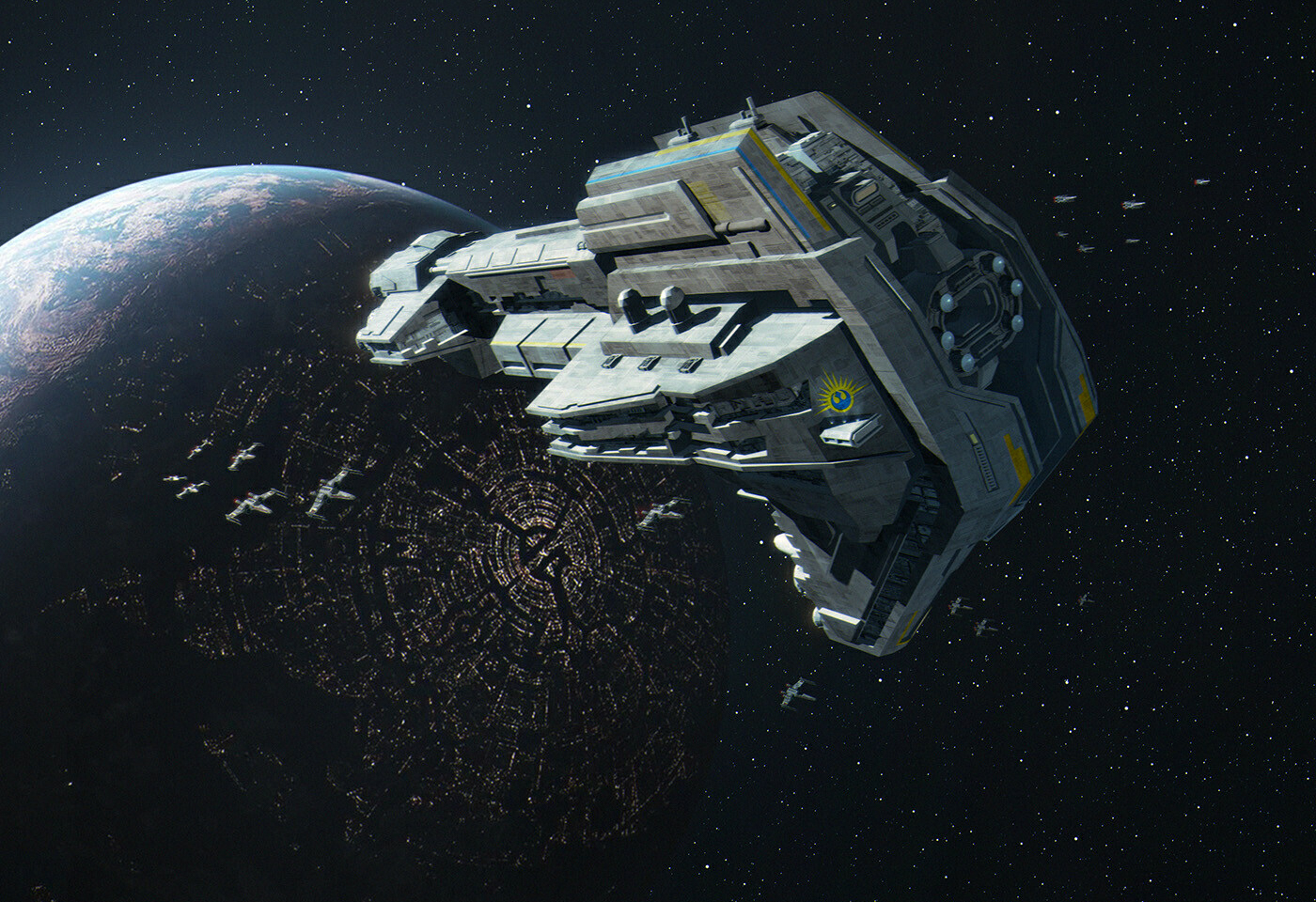
The New Republic shifted its focus to reshaping galactic politics due to the belief that the remnants of the Empire no longer posed a significant threat. After the Galactic Concordance, the Galactic Senate, led by Chancellor Mon Mothma, officially enacted the Military Disarmament Act. This act reduced the Republic Starfleet to a sizable but constrained military force. Although the Republic Defense Fleet remained the largest fleet in the galaxy at the beginning of the cold war, it was significantly smaller than the Old Republic's Navy during the Clone Wars. The Disarmament Act limited the production of capital ships, forcing the Republic Starfleet to rely on vessels from the Rebellion era, such as the MC80A Home One Type Heavy Star Cruiser Home One, for an extended period. While the arms manufacturer Incom-FreiTek Corporation continued to develop new X-wing starfighter models, such as the T-85 X-wing starfighter, for the New Republic Starfleet, military contracts were limited due to the disarmament policy and increasing corruption within the Galactic Senate.
Approximately two years after the Battle of Jakku, several former New Republic freighters fell into the hands of pirate groups, including Captain Viz Moshara, who acquired the Mon Cal freighter Radium Destrobar. During Magernon's Amnesty, New Republic fleet forces under the command of Captain Krull blockaded Substation Grimdock to prevent pirate ships from escaping with former Imperial "terrorists" and "death squads." This blockade was complicated by Solo and Lando Calrissian's mission to locate the Phylanx Redux Transmitter. Krull briefly detained Solo and Lando's team but released them after Organa convinced him that they were on a secret mission sanctioned by the Galactic Senate. As compensation, Krull provided them with the shuttle Chevalier.
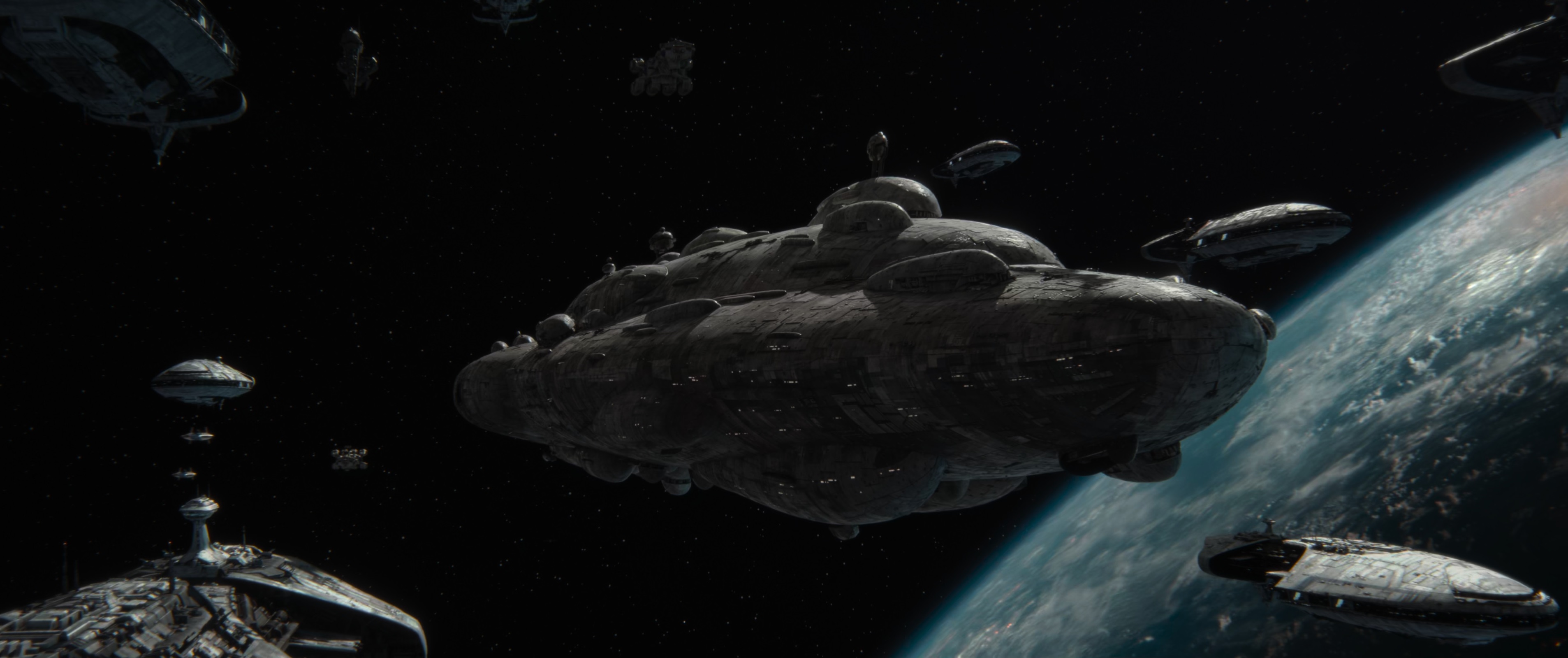
The Ewok Pilbush served in the New Republic Defense Fleet for a period. Around the time of Grand Admiral Thrawn's return from his exile and his campaign against the New Republic, the historian Chalm Plesk was embedded within the New Republic fleet. Thrawn was eventually defeated, but the conflict against Thrawn's forces had the effect of shifting the balance of galactic power in the struggle between Neo-Imperialism and Neo-Republicanism.
In 28 ABY, New Republic starfighter pilots such as Joph Seastriker and Greer Sonnel were primarily assigned to escort Senators like Leia Organa and Ransolm Casterfo on official missions and trips throughout the galaxy. Events like the Five Sabers were also popular among many Republic starfighter pilots, including Joph, Greer, and Temmin Wexley. New Republic senators were legally prohibited from using Republic pilots and starships for illegal activities such as smuggling or using false identities. While the New Republic maintained a sufficient military and starfleet, some senators, like Erudo Ro-Kiintor, advocated for increased government funding to strengthen the defenses of individual worlds. In reality, this facilitated the channeling of significant central government funding to favor Centrist worlds, a faction within the Galactic Senate. Several New Republic military personnel, including Wexley, Seastriker, Greer, and Caluan Ematt, later joined the Resistance, a paramilitary organization founded by Leia to address threats to the Republic.
The First Order, encouraged by the perceived weakness and "decadence" of the New Republic, began crossing the Borderland and conducting incursions into Republic territory, including the Suraz engagement. Despite the First Order's repeated violations of the Galactic Concordance through its rearmament program and infringements on Republic sovereignty, New Republic Command refused to authorize the Fleet to take action against the First Order, limiting starfighter units like Rapier Squadron to sector patrol duties. Despite evidence to the contrary, some Republic officers, such as Major Lonno Deso, dismissed the First Order as a minor Imperial remnant that used propaganda and fear to exaggerate its power and influence. Some Republic senators, like Erudo Ro-Kiintor, even secretly colluded with the First Order by obstructing motions to increase funding for the Republic Navy.
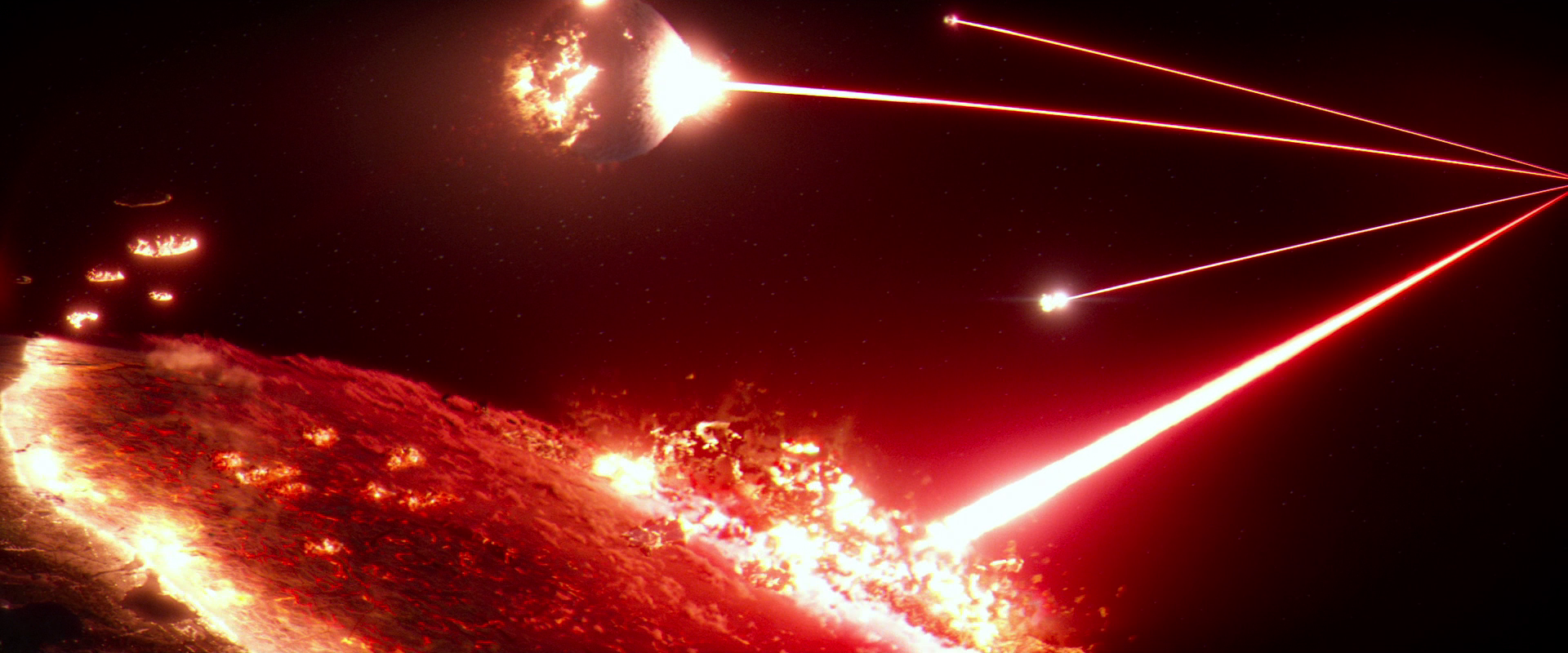
Frustrated by the Senate and Starfleet's reluctance to confront the First Order, General Organa and other like-minded supporters, including Admiral Ackbar, formed the Resistance. This splinter group from the Republic's military operated independently of the Republic chain of command. While the Republic tolerated the Resistance's activities, it was cautious about risking war with the First Order. The Resistance was joined by Republic Navy personnel, such as the starfighter pilot Poe Dameron and his colleagues from Rapier Squadron, who shared General Leia's concerns about the First Order. However, other Republic officers, such as Major Deso, viewed the Resistance as an annoyance for exaggerating the threat posed by the First Order.
When the First Order launched a preemptive strike against the Hosnian system in an attempt to destroy the New Republic, a significant portion of the Republic Starfleet was destroyed. Starkiller Base unleashed several blasts of phantom energy, destroying Hosnian Prime and other astronomical bodies in the system. The attack also annihilated the Galactic Senate and killed numerous important figures, including Chancellor Lanever Villecham and Korr Sella, an envoy from the Resistance sent by General Leia to implore the Republic to take action against the First Order.
Following the destruction of the Hosnian system, the surviving senators decided to disband the remaining New Republic task forces, dispersing the remaining Defense Fleet to protect their respective home worlds.
The New Republic Defense Fleet was under the command of a Fleet Admiral, who reported directly to New Republic Command. While one fleet of the Starfleet remained with the Galactic Senate, which rotated among different member worlds, the majority of the Starfleet was stationed at various bases throughout New Republic space, including one on Mirrin Prime. Some known starfighter squadrons included Corona Squadron, Gold Squadron, and Rapier Squadron. In addition to the Starfleet, the New Republic's member worlds also maintained local defense forces, whose operations were overseen by individual Republic senators.
By 7 ABY, the Defense Fleet had established a cyber-warfare department based at its headquarters on Chandrila. The head of the cyber-warfare department was Conder Kyl, a slicer and veteran of the Galactic Civil War. Another known employee of the Defense Fleet's cyber-warfare department was the Ewok slicer Peekpa. The Fleet also utilized several KX-series security droids.
During its active service, the New Republic Defense Fleet possessed a diverse range of vessels, from capital ships to sub-capital ships.

The New Republic Defense Fleet employed various types and models of capital ships during its active service. The New Republic acquired at least three Super Star Destroyers. One of the first capital ships directly commissioned by the New Republic was the Starhawk-class battleship, which included the Starhawk prototype, the Starhawk-class Battleship Mark I, and the Starhawk-class Battleship Mark II. As battleships, the Starhawks of the New Republic were more heavily armed and armored than Imperial Star Destroyers. Even though they acquired the Imperial II-class Star Destroyers, the captured Imperial spacecraft were sent to the Nadiri Dockyards for disassembly as part of Project Starhawk. By the Battle of Jakku, numerous Star Destroyers were in service within the New Republic Defense Fleet, having undergone slight retrofitting.
In addition to battleships, the New Republic Defense Fleet operated a variety of heavy cruisers, including both the MC80 Star Cruiser line's MC80A Home One Type Heavy Star Cruiser and the MC80 Liberty Type Heavy Star Cruiser. The MC85 Star Cruiser, another Mon Calamari heavy cruiser, was used throughout Republic history. Other Mon Calamari Star Cruisers of the cruiser-class included the MC75 Star Cruiser, the MC95E Star Cruiser, and the New Republic Cruiser line. Additional cruisers in the New Republic's arsenal included vessels such as the Immobilizer 418 cruiser, the Acclamator-class assault ship and the Defender-class cruiser.
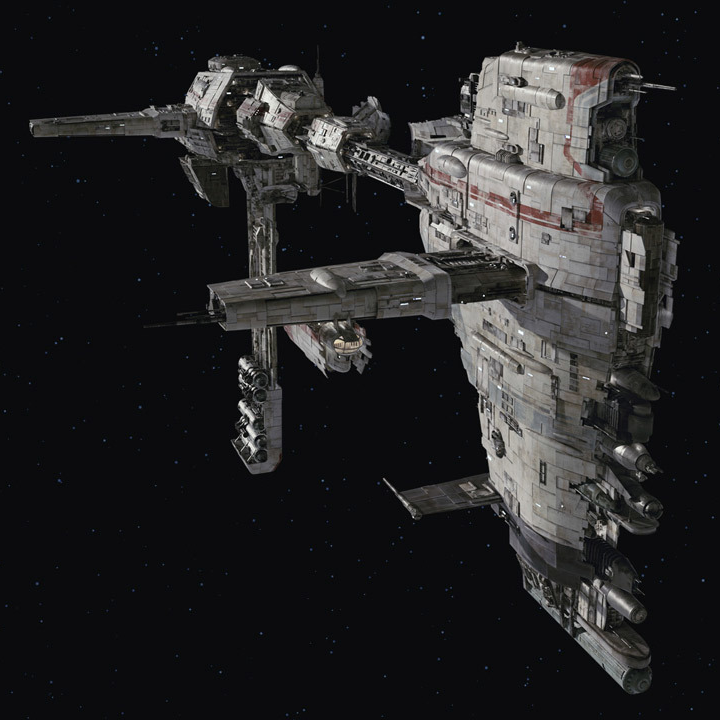
The New Republic Defense Fleet utilized a range of sub-capital ships, including carriers. Frigates such as the Alderaanian escort frigate, the assault frigate, the EF76 Nebulon-B escort frigate, and the Nebulon-C escort frigate were used. Additionally, light cruisers such as the Carrack-class light cruiser served within the Republic navy. Corvettes such as the CR90 corvette were widely used, and the New Republic also possessed a modified Raider II-class corvette.
The New Republic operated smaller light craft, including the MG-100 StarFortress SF-17 bomber. Transports such as the GR-75 medium transport were deployed, as well as freighters such as the YT-1300 light freighter and gunships such as the UT-60D U-wing starfighter/support craft. During the Galactic Civil War, the New Republic used Lambda-class T-4a shuttles, and two years after the Battle of Jakku, the Defense Fleet used shuttles manufactured by Trivault Corp, even for the T-6 shuttle, and two stolen Zeta-class Heavy Cargo Shuttle.
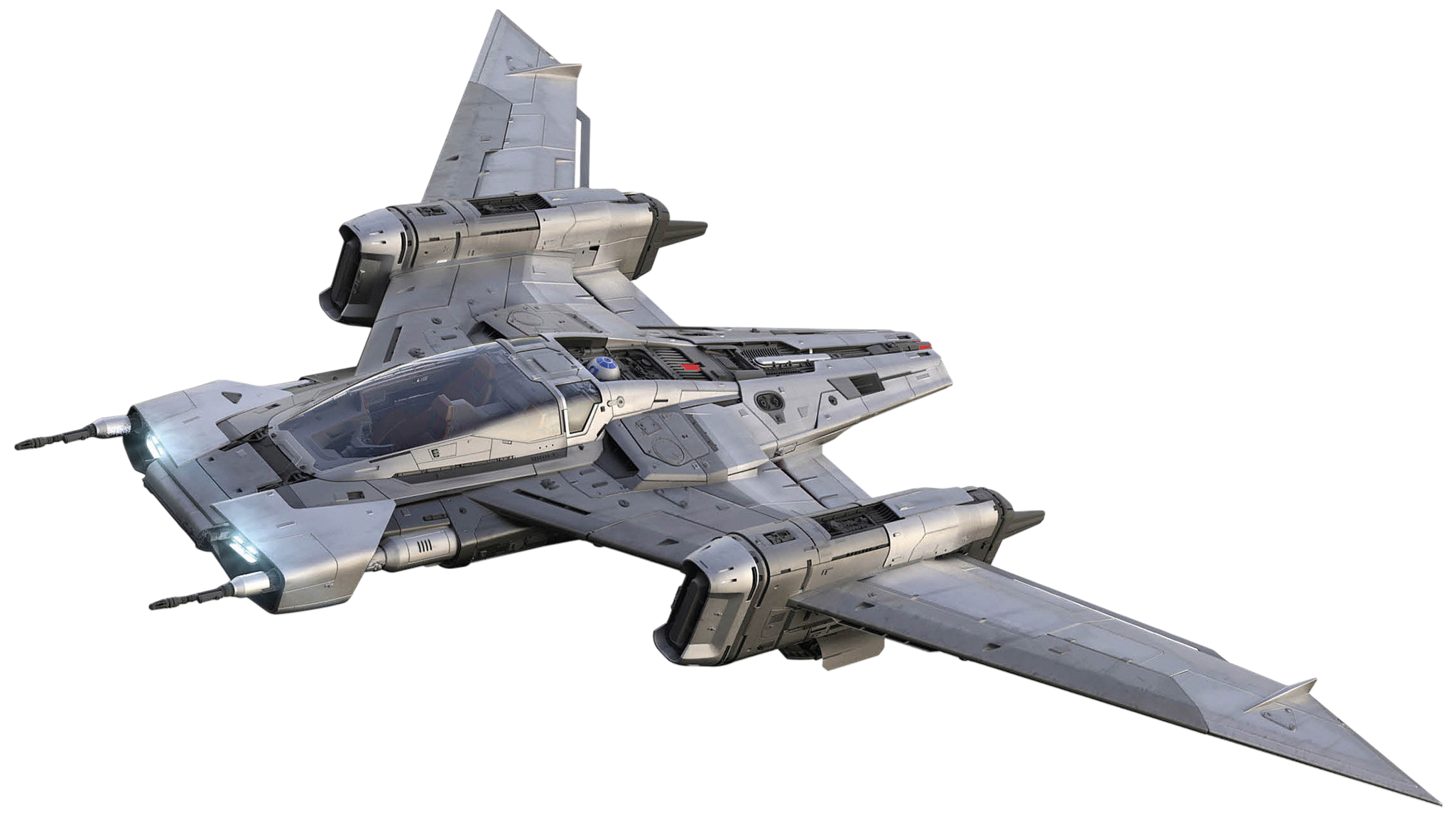
The New Republic Defense Fleet deployed a variety of starfighters as part of the New Republic Starfighter Corps. These included interceptors such as the RZ-1 and RZ-2 A-wing starfighters, starfighter-bombers such as the BTL-A4 Y-wing assault starfighter/bomber and BTA-NR2 Y-wing starfighter, and other starfighters such as the HH-87 Starhopper, the A/SF-01 B-wing starfighter, the Tri-Wing S-91x Pegasus Starfighter, the E-wing starfighter, as well as the T-65B, T-65C-A2, T-70, and T-85 variants of the X-wing starfighter. The fleet also utilized starfighters from the Clone Wars era, such as the Alpha-3 Nimbus-class V-wing starfighter.
The New Republic Defense Fleet operated Harrikos-Fifteen Research Station, Parozha VII, an Imperial dockyard Fondor Shipyards, Ankot Station, the Brooksdion, and the Nadiri Dockyards.
The New Republic Defense Fleet made its initial appearance in the canon novels Aftermath and Lost Stars by Chuck Wendig and Claudia Gray. The New Republic Defense Fleet originated in Star Wars Legends in the 1991 Star Wars Legends novel Heir to the Empire by Timothy Zahn.